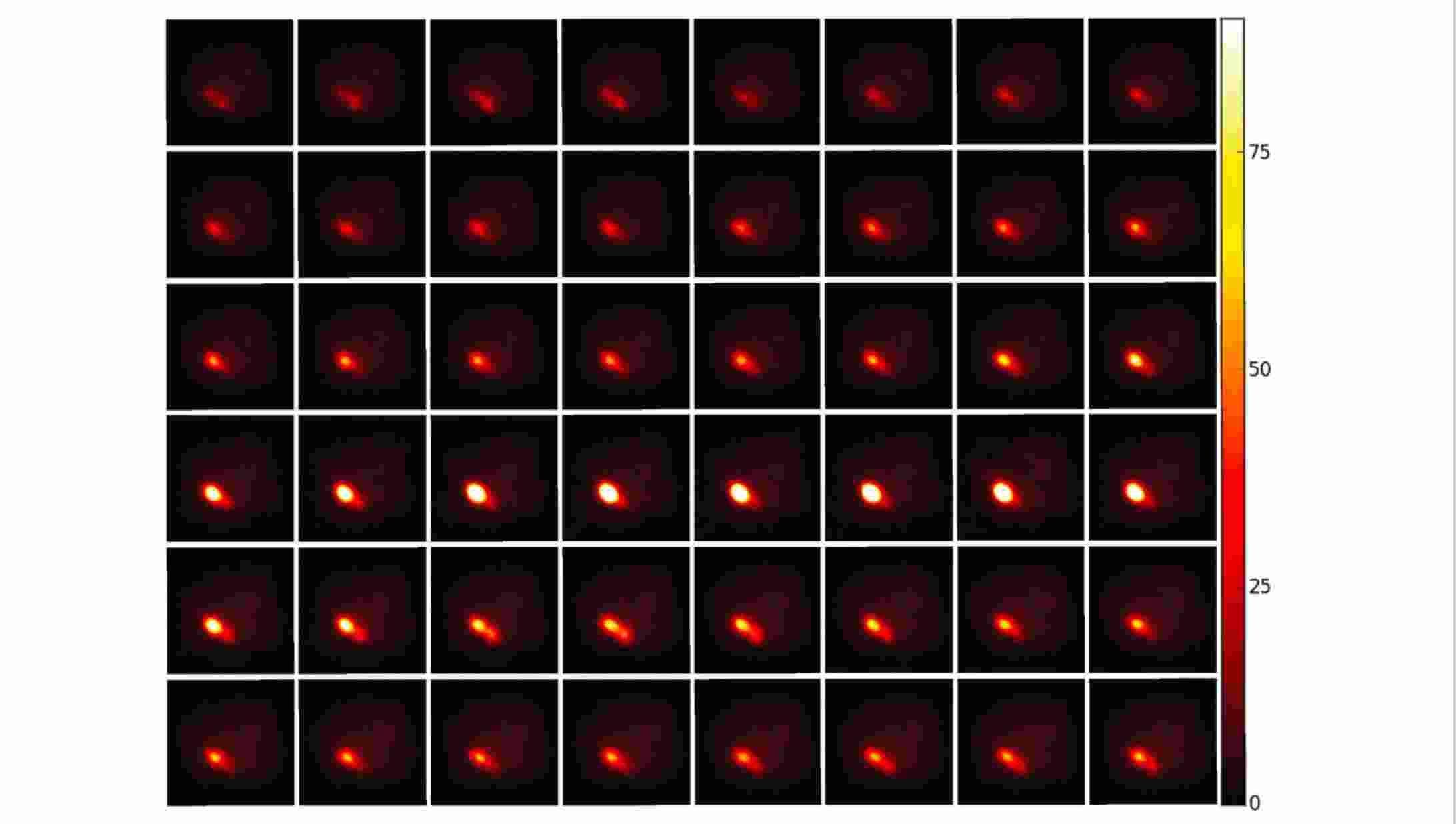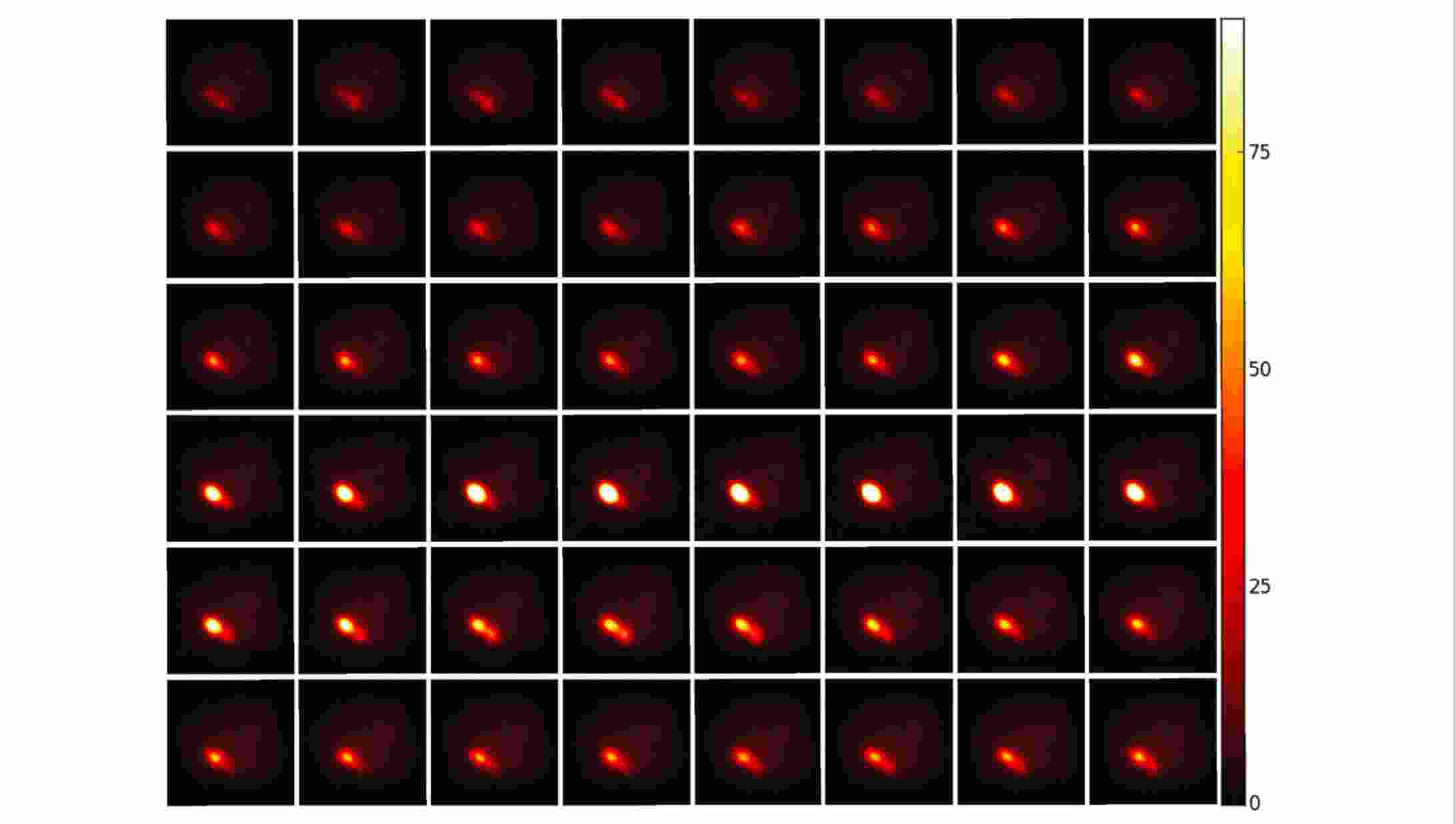Collaborators: Dr. Divya Oberoi, NCRA-TIFR
The ability to generate a large number of images from solar radio emission data has opened up new possibilities in radio solar physics research to tackle some very interesting solar physics problems. The Murchison Widefield Array (MWA) provides solar radio images with good time and frequency resolution, and sufficient angular resolution. Dr. Oberoi is working with the MWA observatory in Australia to convert captured radio solar data into images, and study effects of the Sun in the cosmos. However, it is a challenge to derive valuable information from the thousands of images that are generated, using traditional visual examination techniques. Thoughtworks in collaboration with Dr Oberoi, apply unsupervised machine learning techniques to identify patterns and anomalies in the data and detect emission structures present in the datasets. This data is used by the MWA to analyse solar radio emissions at low frequencies.


Seen above are radio images of the Sun in 48 different spectral channels spanning 30 MHz for the same 0.5 s time slice. The frequency of the images increases roughly in steps of 600 kHz from the top left to bottom right. The faint disc of the Sun is barely discernible, though the variations in the intensity and morphology of emission across frames is easily seen. The color scale is in square-root units. About 23,000 images were generated for this 4 minute dataset.
















